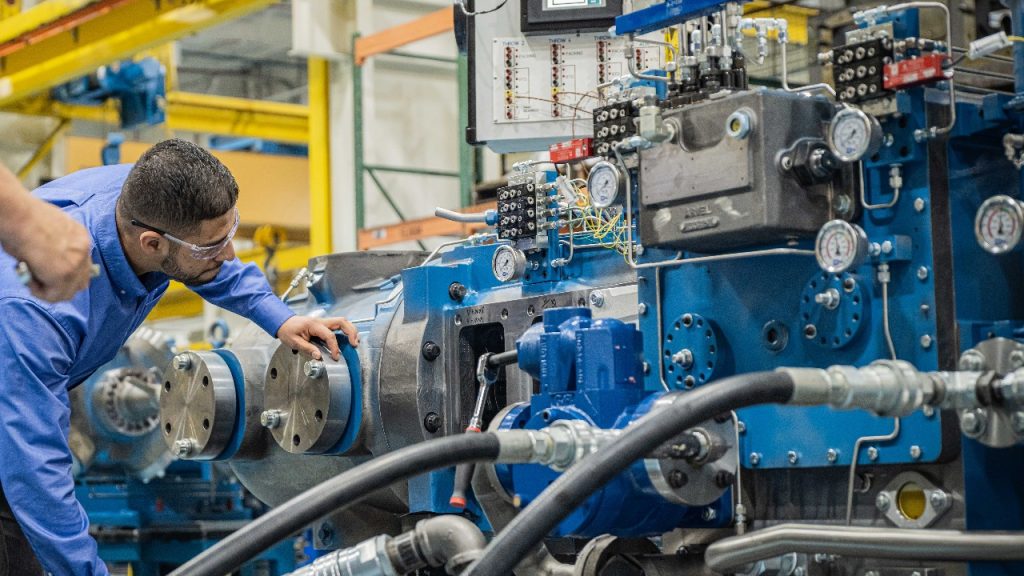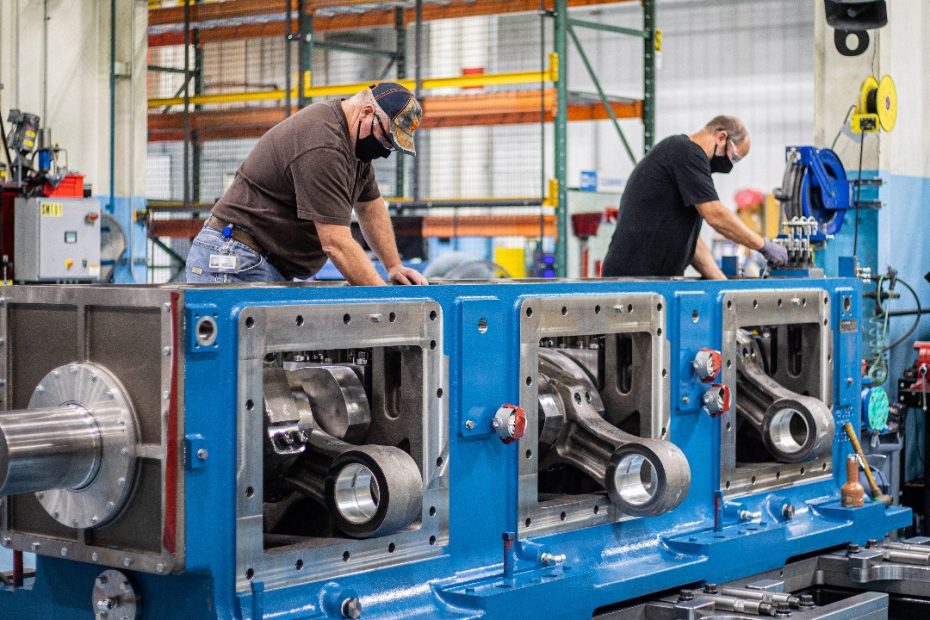Ariel engines are renowned for their durability, power, and classic design, making them a favorite among enthusiasts and professionals alike. However, like any engine, an Ariel engine requires routine maintenance and, eventually, an overhaul to restore it to peak condition. Overhauling an engine is an extensive process that breathes new life into your engine, enhancing its performance, reliability, and longevity. In this guide, we’ll dive into the details of what an engine overhaul entails, the signs that indicate it may be time for one, and the steps involved in overhauling an Ariel engine.

Understanding an Engine Overhaul
An engine overhaul is a comprehensive service where the engine is disassembled, inspected, cleaned, repaired, and then reassembled with new or refurbished parts as needed. Overhauling isn’t just about repairing what’s broken—it’s a proactive approach to renewing the engine’s components, ensuring it operates as close to its original performance as possible.
A successful overhaul can add years to the life of an Ariel engine, restore lost power, improve fuel efficiency, and reduce the likelihood of breakdowns or costly repairs in the future.
Signs Your Ariel Engine May Need an Overhaul
- Reduced Power and Performance: If you notice a drop in performance, such as slower acceleration or less responsive power, it may be time to assess the engine’s internal condition.
- Excessive Smoke: Smoke from the exhaust, especially if it’s blue or black, can indicate burning oil or incomplete fuel combustion, suggesting worn-out components.
- Increased Oil or Fuel Consumption: An engine that consumes more oil or fuel than usual is a common sign that internal parts like the piston rings or valves may be worn.
- Unusual Engine Noises: Knocking, tapping, or other unusual sounds may point to wear in the crankshaft, connecting rods, or bearings.
- Engine Overheating: Frequent overheating, despite maintaining proper coolant levels, can suggest internal issues that require an overhaul.
The Ariel Engine Overhaul Process
An overhaul involves numerous steps, each one critical to ensuring a successful and complete renewal of the engine. Here’s a breakdown of the process:
1. Disassembly
The first step in an overhaul is to completely disassemble the engine. This process requires experienced hands and meticulous care to avoid damaging any components. Each part is carefully removed, cleaned, and organized to allow a thorough inspection.
2. Inspection
Once the engine is disassembled, each component undergoes a detailed inspection. Common areas of focus include:
- Pistons and Cylinder Walls: Checking for wear, scoring, or damage.
- Crankshaft and Bearings: Assessing for wear or warping.
- Camshaft and Valves: Evaluating wear on the cam lobes and ensuring valves seat properly.
- Gaskets and Seals: Inspecting for leaks or degradation.
The inspection phase identifies which components are in good shape, which need cleaning, and which require repair or replacement.
3. Cleaning and Reconditioning
Cleaning is an essential part of the overhaul process. All parts are meticulously cleaned to remove carbon deposits, oil residue, and other build-up. Reconditioning follows, which involves restoring parts to their optimal state. For instance:
- Regrinding or Polishing the Crankshaft: To ensure smooth operation and proper balance.
- Reboring the Cylinder Walls: To restore the perfect fit for the pistons.
- Valve Grinding and Seating: Ensuring proper compression and fuel efficiency.
4. Parts Replacement
Some components, such as pistons, rings, bearings, and gaskets, may require replacement rather than repair. Using high-quality, genuine parts is crucial in this step to maintain the engine’s integrity and longevity. Replacing worn-out parts with genuine Ariel-compatible components helps ensure reliability and consistent performance.
5. Reassembly
Once all parts are cleaned, reconditioned, and any necessary replacements are made, it’s time to reassemble the engine. This step requires precision, expertise, and specialized tools to ensure that all components are properly aligned and balanced. Each bolt and component must be secured to the manufacturer’s specifications to ensure optimal function and prevent future issues.
6. Testing and Fine-Tuning
After reassembly, the engine undergoes a series of tests to ensure it operates smoothly and efficiently. This can include:
- Compression Testing: To verify proper sealing of the combustion chamber.
- Oil Pressure Testing: To ensure the engine is lubricated correctly.
- Dyno Testing: Some services may use a dynamometer to simulate real-world conditions and measure the engine’s output.
Fine-tuning adjustments are made as needed to optimize performance, ensuring the engine runs at peak efficiency.
Benefits of Overhauling Your Ariel Engine
- Restored Power and Efficiency: An overhaul can bring your engine closer to its original performance, improving power output, responsiveness, and fuel efficiency.
- Extended Engine Life: Replacing worn parts and refreshing the engine’s internal components can significantly extend its lifespan, allowing you to enjoy your Ariel engine for many more years.
- Improved Reliability: Overhauled engines are less prone to breakdowns and mechanical failures, offering peace of mind and dependable performance.
- Cost-Effective Maintenance: While an overhaul is an investment, it is often more cost-effective than frequent repairs. By addressing all potential issues at once, you reduce the risk of future problems and costly repairs.
Choosing the Right Overhaul Service
Given the complexity of an Ariel engine overhaul, it’s essential to select a service provider with expertise and experience in Ariel engines. Look for a provider that:
- Specializes in Ariel Engines: Expertise in Ariel engines means the technicians will have a deep understanding of the specific requirements and nuances of the engine model.
- Uses Genuine Parts: High-quality, original parts ensure compatibility and longevity.
- Offers Transparent Pricing: A reputable service provider will provide an upfront estimate and discuss the process and cost of each step.
- Has a Proven Track Record: Look for reviews, testimonials, or referrals to ensure you’re choosing a reliable and experienced service provider.
Maintaining Your Ariel Engine Post-Overhaul
After an overhaul, a few best practices can help maintain your engine’s performance and extend its life even further:
- Follow a Regular Maintenance Schedule: Routine oil changes, filter replacements, and coolant checks can help keep your overhauled engine in top shape.
- Use Quality Oil and Fuel: High-quality lubricants and fuel contribute to smoother operation and reduce internal wear.
- Avoid Overloading: Be mindful of the engine’s workload, and avoid pushing it beyond recommended operating limits.
- Monitor Performance: Pay attention to any unusual sounds, changes in fuel consumption, or performance drops. Early detection of minor issues can prevent major repairs down the line.
Conclusion
An engine overhaul is a worthwhile investment for anyone seeking to restore or enhance the performance of their Ariel engine. By addressing wear, replacing components, and optimizing function, an overhaul brings back the reliability, power, and efficiency that makes Ariel engines so beloved. Whether you’re a professional mechanic or an enthusiast, understanding the overhaul process can help you appreciate the level of care and expertise that goes into maintaining these engines. With regular maintenance, your Ariel engine will serve you well for years to come, ensuring every journey is as powerful and enjoyable as the first.
Trust an experienced Ariel service provider for your engine overhaul, and experience the thrill of a fully renewed engine that’s ready to meet the demands of the road.
